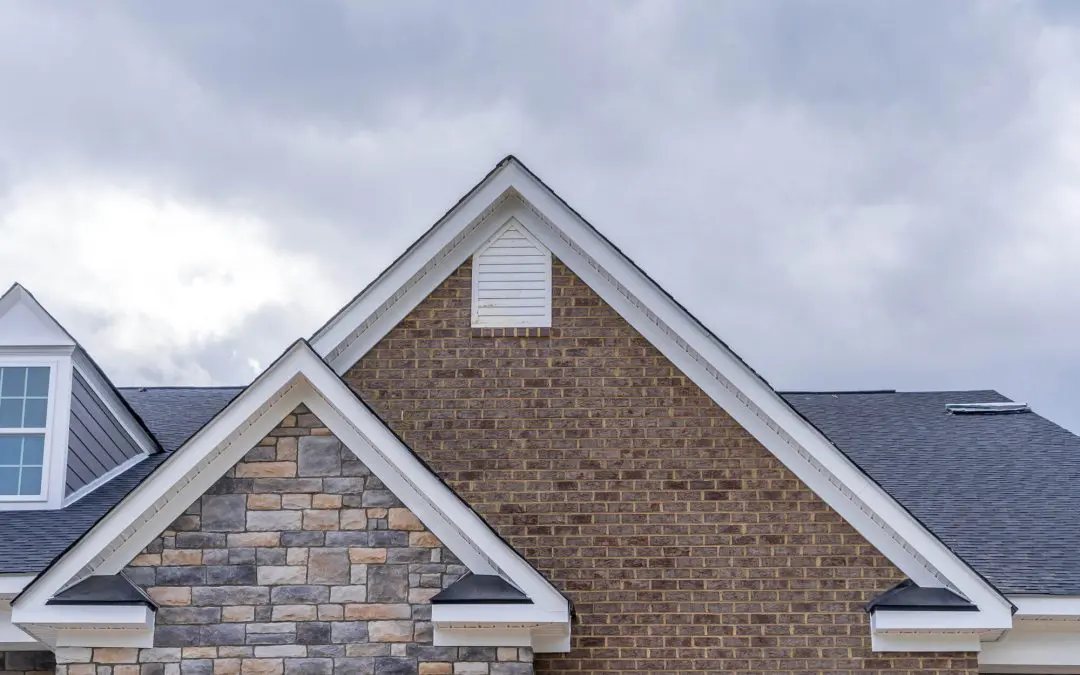Attic ventilation may not be the first thing that comes to mind when maintaining your home, but it plays a critical role in protecting its structure, efficiency, and longevity. As a home inspector, I’ve seen what happens when attic ventilation is overlooked, and trust me—it’s not pretty. From moisture damage to inflated energy bills, the problems add up quickly. So, let’s dive into why attic ventilation matters, how it works, and what you should look out for in your home.
What Does Attic Ventilation Do?
In simple terms, attic ventilation helps your home “breathe.” It’s a system that balances intake and exhaust vents to allow fresh air to flow into the attic while pushing stale, humid air out. This airflow prevents heat and moisture from building up, which can otherwise cause damage to your home over time.
Proper ventilation helps regulate temperatures in the summer, reducing the strain on your air conditioner. In the winter, it minimizes moisture buildup that can lead to mold and prevents ice dams from forming on your roof. Without proper attic ventilation, you risk severe damage to your roof, insulation, and indoor air quality
Signs of Poor Ventilation
You don’t have to climb into your attic to spot ventilation issues; the symptoms often reveal themselves elsewhere. If you notice unusually high energy bills, it could be a sign your attic is acting like a heat trap. Similarly, if you see mold or mildew forming in corners of your home or peeling paint on your ceilings, it’s time to investigate. During the winter, ice dams along your roof edge are another common indicator that warm, moist air is trapped in your attic and melting snow unevenly.
Sometimes, it’s as simple as walking around your home’s exterior. If your roof vents are blocked or covered, your attic won’t get sufficient airflow, causing ventilation problems.
The Components of an Effective Ventilation System
An attic ventilation system has two main components: intake vents and exhaust vents. Intake vents, often installed under the eaves or soffits, allow fresh air to flow into the attic. Exhaust vents, typically at the roof ridge or gables, let warm, moist air escape. Together, these vents create a steady circulation of air that keeps your attic dry and your home comfortable.
It’s essential to maintain a balance between the intake and exhaust vents. Too much of one without the other can lead to ineffective ventilation. Consult with a roofing or ventilation expert to ensure your system is properly balanced.
The Risks of Poor Ventilation
An inadequately ventilated attic doesn’t just put your roof at risk; it can affect your entire home. Moisture buildup is one of the biggest culprits behind structural damage. Over time, excessive moisture can warp wood, weaken support beams, and compromise insulation.
Also, poor ventilation can result in mold growth, posing health risks to your family, especially those with allergies or respiratory conditions. Mold spores can circulate through your HVAC system, spreading throughout your home.
Let’s not forget the financial implications. Heat buildup in the attic can cause your energy bills to skyrocket during the summer, and repairs to damaged roofing or structural components can be costly. Addressing ventilation issues early will save you significant expenses down the road.
How to Improve Your Attic Ventilation
Improving your ventilation may require professional help, but you can take steps to assess and address potential issues yourself. Start by checking your attic for signs of moisture, such as water stains or a damp, musty odor. Ensure that vents aren’t blocked by insulation or debris and that intake vents are free of obstructions.
If you’re unsure whether your attic has sufficient ventilation, consult a home inspector or roofing specialist. They will evaluate your current system, recommend upgrades, and install additional vents. In some cases, installing a powered attic fan may be necessary, especially if your roof design limits passive airflow.
Attic ventilation might not be the most glamorous topic, but it’s one that no homeowner should ignore. A well-ventilated attic protects your home, improves efficiency, and saves you money in the long run. If you’re unsure about your attic’s ventilation, schedule an inspection and take the first step toward protecting your home.
FAQs About Attic Ventilation
1. How do I know if my attic is adequately ventilated?
A properly ventilated attic should be close to the outdoor temperature. If it’s significantly hotter or more humid, your ventilation system may need attention.
2. Can I have too much attic ventilation?
Yes, too much ventilation creates imbalances affecting your home’s energy efficiency. A balanced system of intake and exhaust vents is essential.
3. Is attic ventilation necessary in winter?
Absolutely. Winter ventilation prevents moisture buildup, which can lead to mold and ice dams. It also helps maintain a consistent roof temperature, protecting your home’s structural integrity.
4. Can attic ventilation help lower my energy bills?
Yes. By regulating attic temperatures, proper ventilation reduces the strain on your HVAC system, resulting in lower energy costs.
5. How often should I inspect my attic ventilation system?
It’s a good idea to check your attic ventilation at least once a year, especially before extreme weather seasons like summer and winter.
Rock Solid Property Inspections provides home inspection services to customers in the Dallas-Fort Worth area. Contact us to request an appointment.

